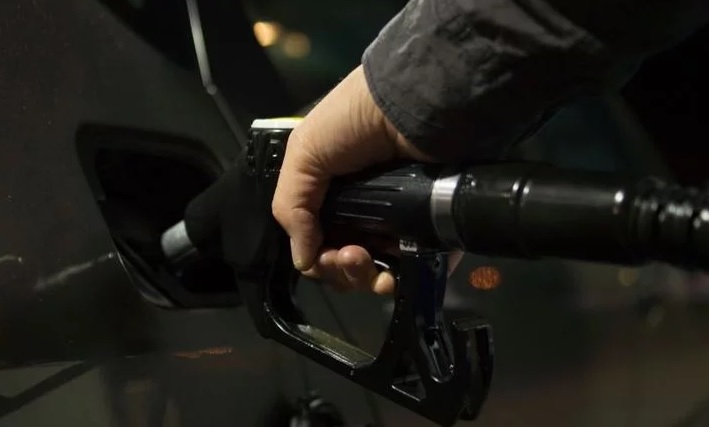The COVID-19 pandemic has played a part in fuel prices trending lower than previous years and continued social distancing and shelter-in-place mandates are intensifying it further.
“Typically gas prices start to trend more expensive at the beginning of spring, especially as motorists get out to enjoy the warmer weather and travel for spring break. That is not the case this year,” said Jeanette Casselano, AAA spokesperson. “With Americans urged to stay at home and practice social distancing to slow the spread of coronavirus, we are seeing less traffic on the roadways which will ultimately drive down demand, increase gasoline supply and push pump prices less expensive for the foreseeable future.”
The coronavirus pandemic has seen influence even prior to price war on crude oil between Saudi Arabia and Russia
“COVID-19 had impact on crude oil prices prior to the price wars,” said Casselano. “Crude prices started to drop toward the end of January. At that time we were at $58/barrel. By the time OPEC met in March, crude was already down to $45/barrel.”
Most recently, crude oil prices dropped to $20/barrel – a low not seen since 2002, according to AAA. The national average of regular unleaded gasolines landed most recently at $1.99, the cheapest average seen in four years.
AAA speculates that due to COVID-19 and the ongoing crude oil price war could lower prices to $1.75 per gallon in April.
Casselano offered suggestions in how fleets can safely fuel their vehicle and protect themselves without spreading or catching the virus:
- At the beginning and end of the shift, wash your hands thoroughly at the sink for 20 seconds with soap and water.
- Disinfect your hands and wipe down the vehicle prior to and after shifts. Wipe down the inside of the vehicle (door, dashboard, seat, door handle, and any exposed surfaces) after anyone gets inside the vehicle. (Use spray disinfectant and spray or disinfectant wipes).
- Remember that money and credit cards could hold the virus, wear gloves when handling these items.
Fleets Who Aren’t Fueling Up
The pandemic has greatly influenced how fleets are running their operations, and for some could mean fewer assets being utilized, or perhaps a halt in operations altogether if your business is considered non-essential.
Because of this Casselano said fleets who have idle assets should take consideration of fuel that is going unused, especially since the duration of the pandemic remains an known.
“Gasoline can go bad, especially if it is not stored in a sealed container,” she said. “If gasoline is going to sit in the tank of the vehicle for more than a few months, particularly gasoline that contains ethanol, we would recommend using a treatment that is designed for fuel stabilization. If storing gasoline, it is best to keep the storage tank, whether in the vehicle or in an DOT approved can, full. Gas cans and fuel tanks can produce condensation with temperature changes, placing water droplets into the fuel. If you keep the tank or can full, there is less space for air and therefore it will minimize the possibility of condensation.”
Other best practices for stagnant assets according to AAA include:
- Using a Battery Tender or other maintenance-type battery charger to keep the battery at a full state of charge and prevent deterioration.
- Add 10 psi of pressure to each tire to help prevent flat spots from forming on the tires.
- Prop up windshield wiper arms so the blades are off the windshield and won’t get stuck to the glass.
- And don’t use the parking brake when storing the vehicle, as the brake could become frozen, and the brake pads could rust to the rotors, or brake shoes could distort the drums.
by Andy Lundin
Source: https://www.automotive-fleet.com
FLEET MANAGEMENT AUDIT
Fleet management is the use of a set of vehicles in order to provide services to a third-party, or to perform a task for our organization, in the most efficient and productive manner with a determined level of service and cost.
Fleet management activities are shown in the following graph 1:

Graph 1: fleet management activities
The proposal audit analyses and assesses all fleet management activities shown in the graph 1, and its main goals are:
- Know the overall status of the fleet management activities
- Provide the analysis, the assessment, the advice, the suggestions and the actions to take in order to cut costs and increase the efficiency and efficacy of the fleet management activities
With the information obtained, we’ll elaborate a report that holds the overall status of the fleet management as well as the suggestions, recommendations and the measures to take in order to cut costs and optimize the fleet management activities.
CLICK ON THE FOLLOWING LINK TO DOWNLOAD THE PROPOSED FLEET MANAGEMENT AUDIT:



